The Germans, however, called it the fork-tailed devil.
But how did this unconventional design overcome serious engineering challenges and what made it so feared by its adversaries?
Design Issues
All new designs experienced some issues, and the high-performance Lightning was no exception.
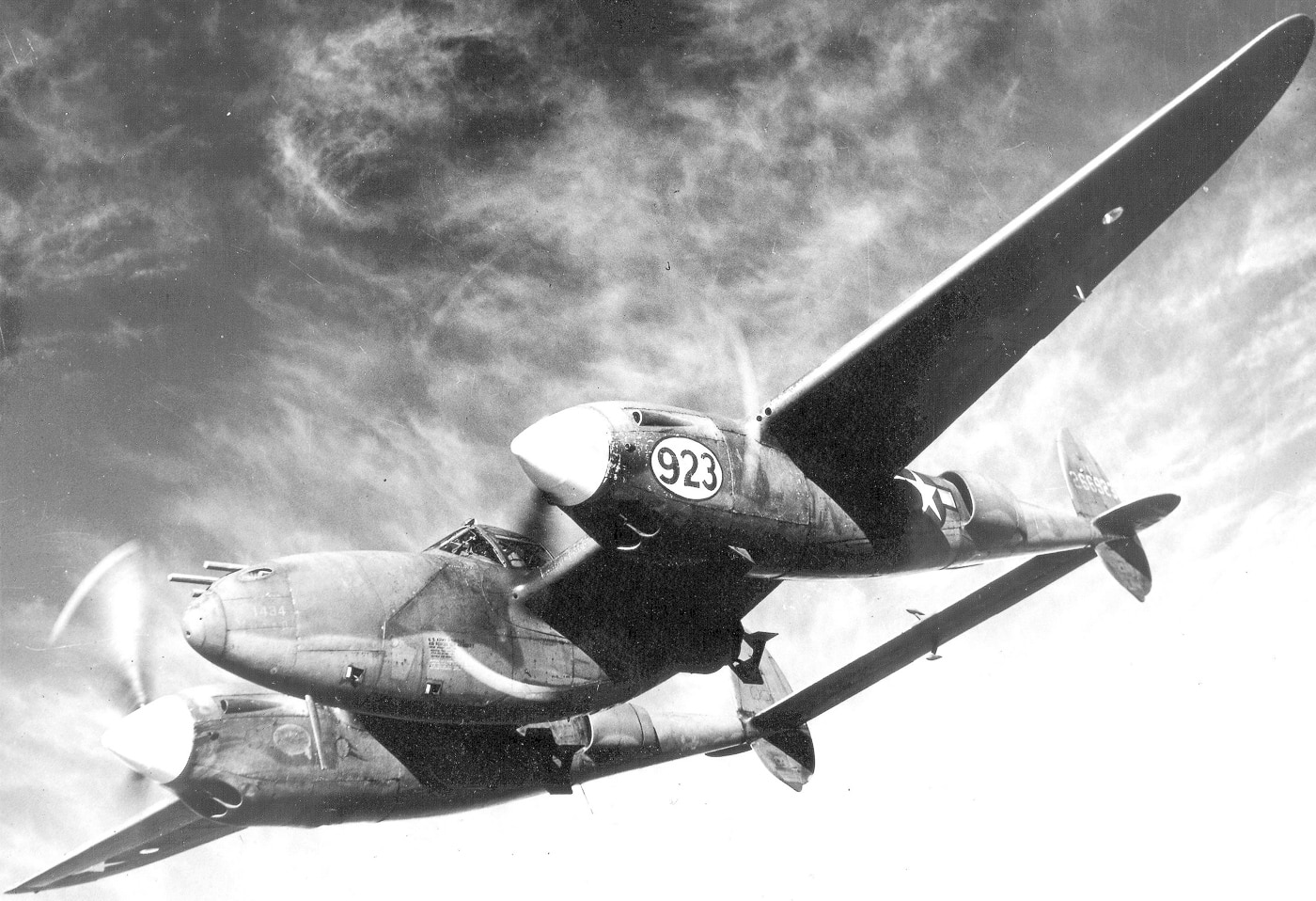
The Lockheed P-38 Lightning was an incredibly successful fighter in the African, European and Pacific Theaters of World War II. Image: DVIDS
The Lightning suffered a tail separation, killing Virden.
Lockheed engineers were confident it was not a flutter issue as the tail was rigid.
This issue was eliminated by using dive flaps to redistribute pressure over the wing.
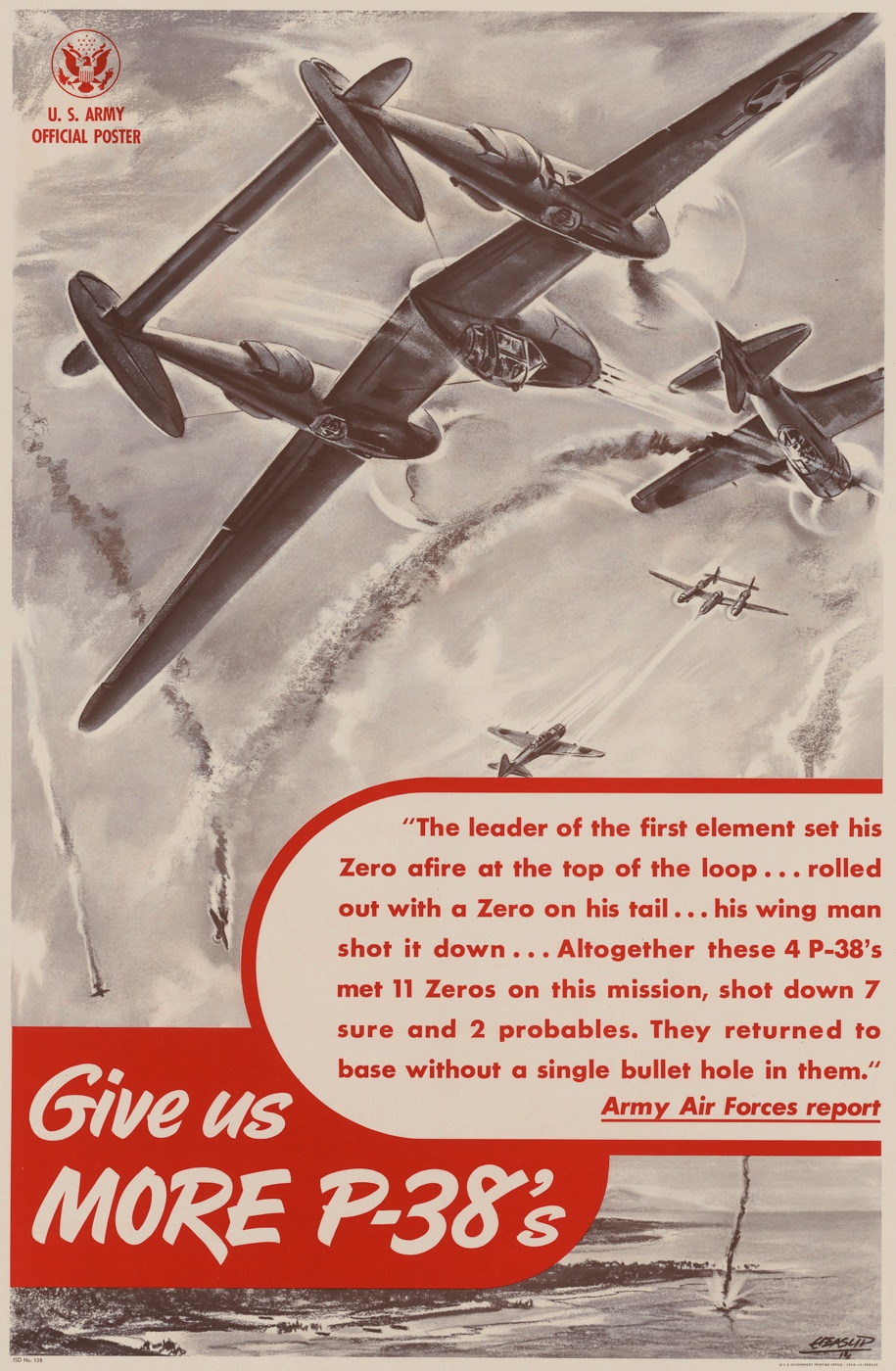
The P-38 Lightning was prominently featured in several World War II poster selling war bonds. Image: NARA
These Lightnings were stripped of their guns and carried 4 Fairchild K-17 cameras in the nose.
A fear for pilots was ditching in the ocean during long-range missions.
Many Lightning pilots were able to return to base on one engine.
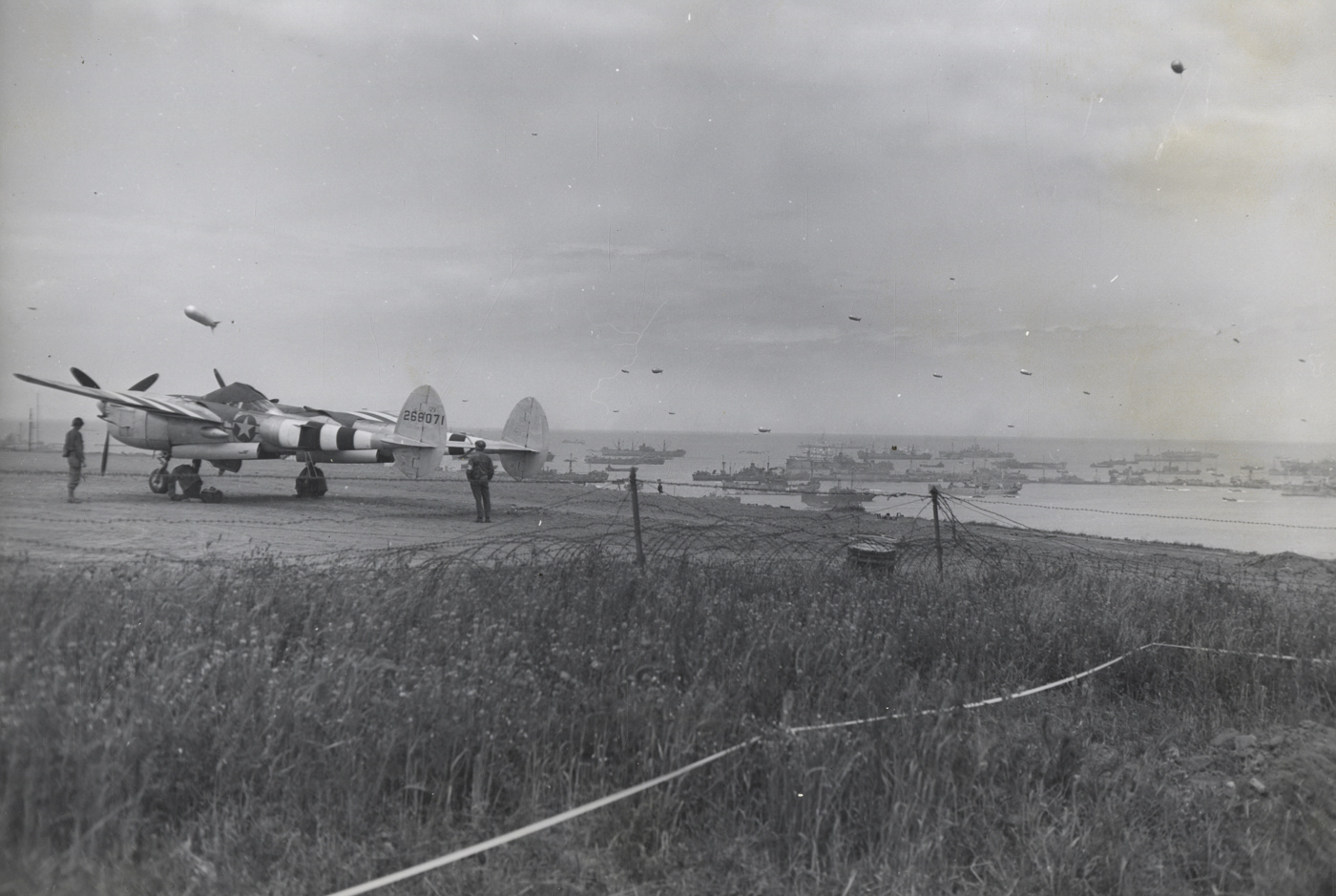
A P-38 Lightning rests on the edge of an airfield at an Allied beach head during Operation Overlord, June 14, 1944. Image: U.S. Navy
Seven of the top eight scoring U.S.A.A.F.
aces in the Pacific flew the P-38, and it was the standard U.S.A.A.F.
fighter in the Pacific theater until the end of WWII.
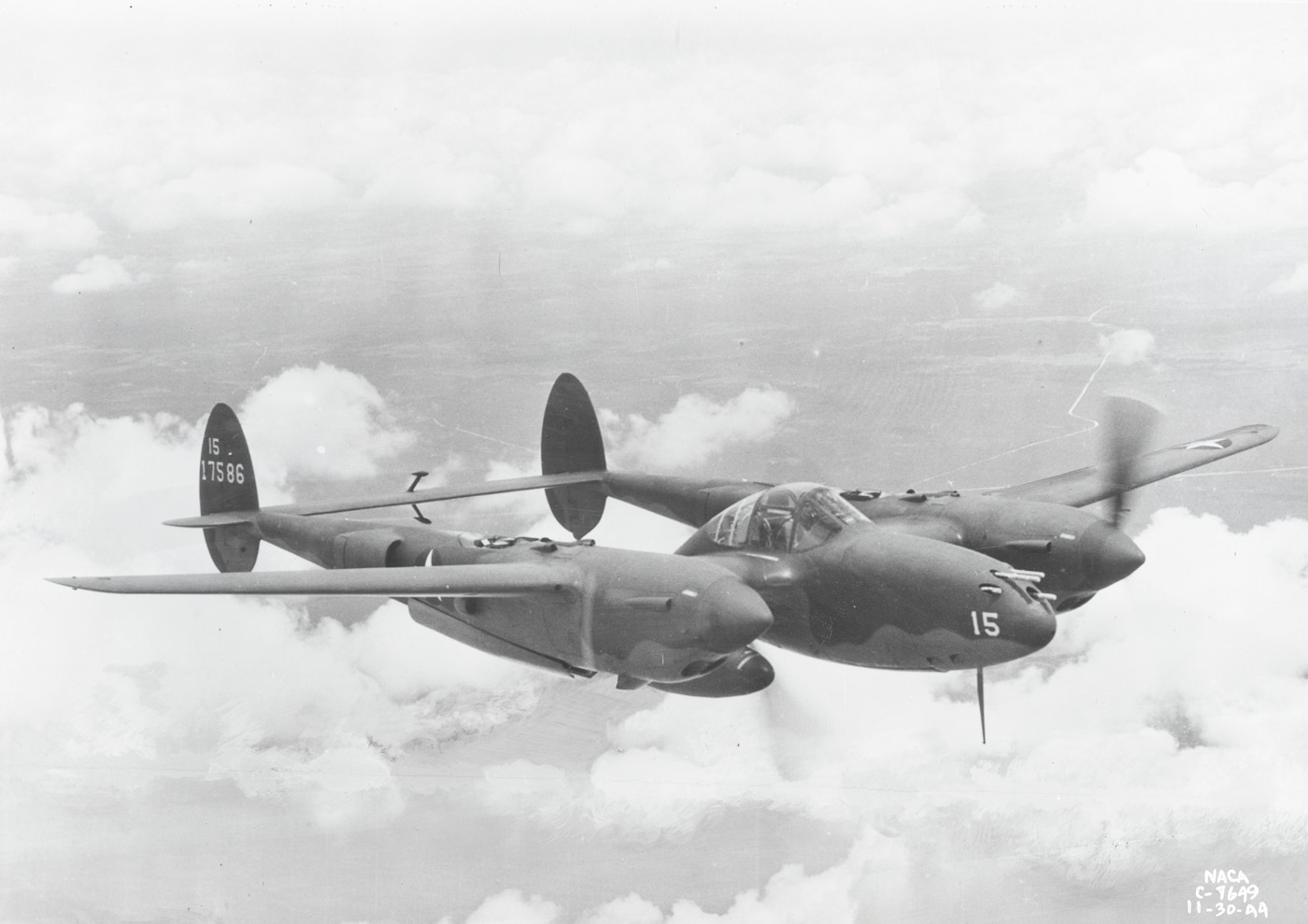
A Lockheed P-38 Lightning in flight on November 30, 1944. The Lightning’s armament is visible in its nose. Image: NARA
U.S. intelligence codebreakers discovered he was heading there for an inspection.
Chief of Naval Operations Admiral Ernest J.
King ordered Admiral William Halsey, commander of U.S. forces in and around Guadalcanal, to Get Yamamoto.
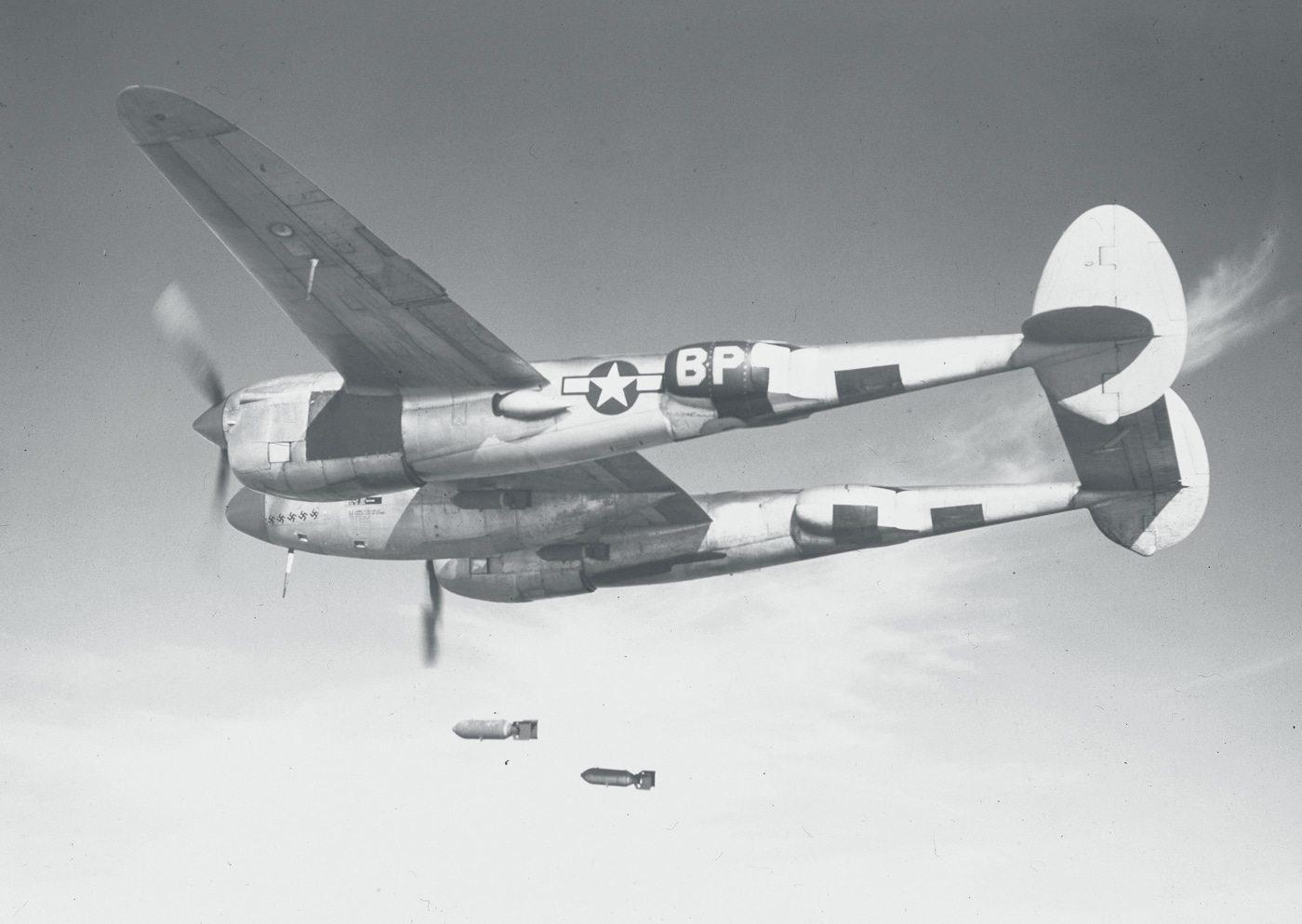
As the German Luftwaffe threat diminished, the P-38 Lighting was used more frequently as a high altitude bomber, dropping in coordination with a Droopsnoot bombardier leader. Image: NARA
With the Lightnings long-range capability, it was perfect for the mission.
The P-38s took off from the Guadalcanal and flew the 435 miles at wave-top height.
Upon arrival, they intercepted the Admirals two Mitsubishi Betty Bomber transports and his six Mitsubishi A6M Zero escorts.
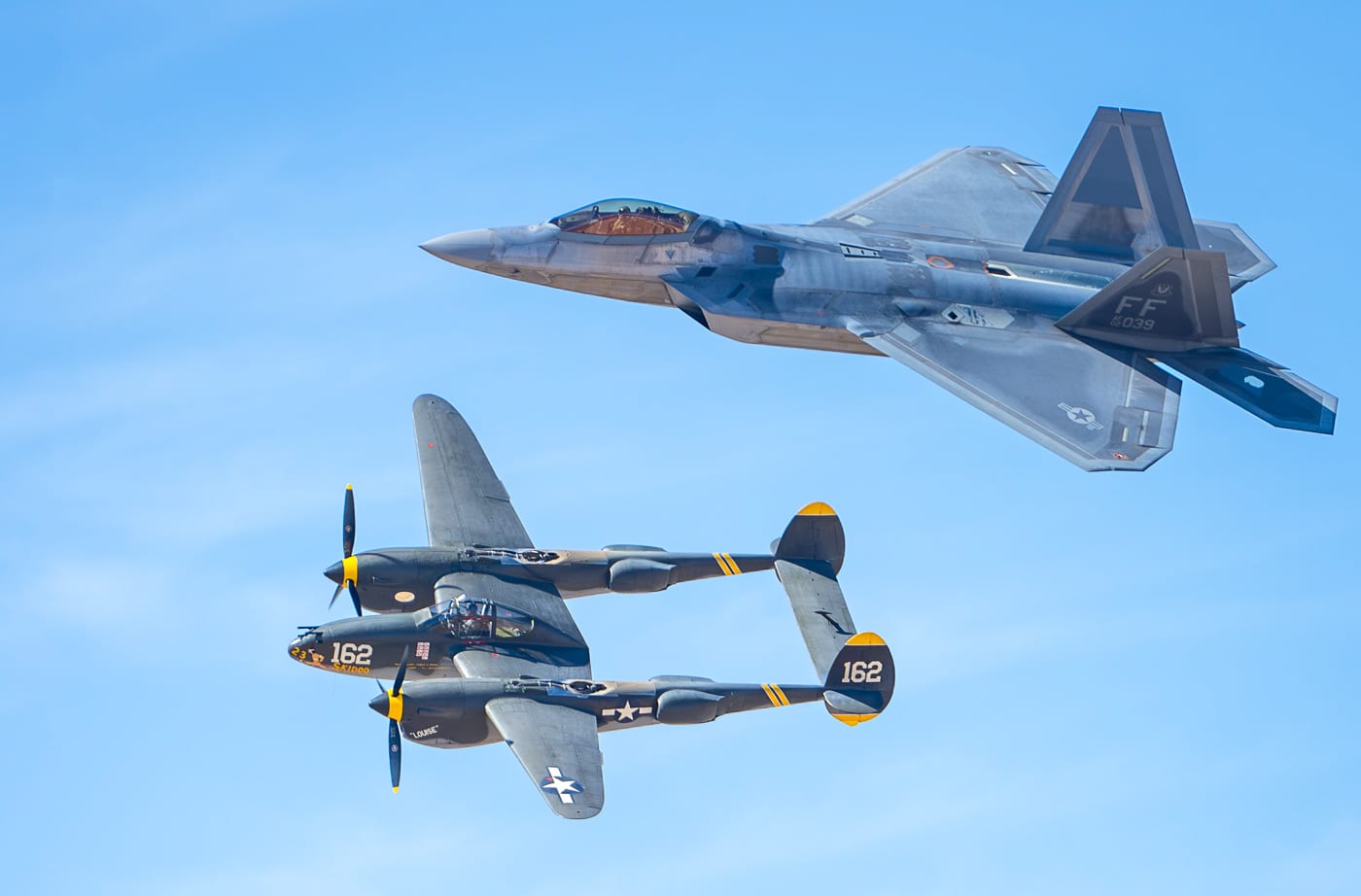
A U.S. Air Force F-22 Raptor performs an aerial demonstration alongside a P-38 Lightning at Davis-Mothan Air Force Base, Ariz. Image: Staff Sgt. Lauren Cobin/U.S. Air Force
When the smoke cleared, both transports lay in the jungle along with a Zero in the water.
The architect of the attack on Pearl Harbor was dead, with the loss of one Lightning.
In photo-reconnaissance mode, it recorded 90 percent of all footage over Europe.
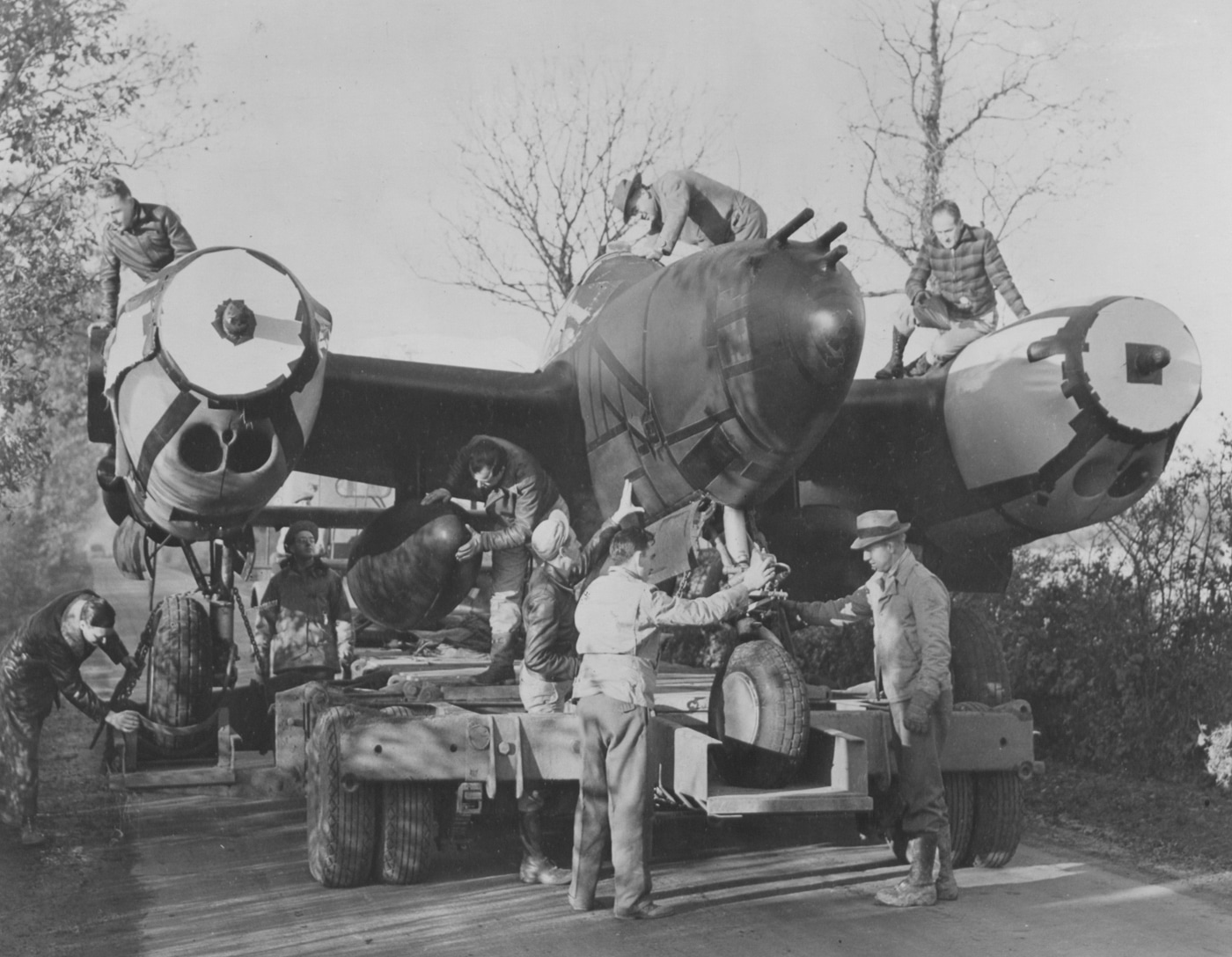
A P-38 Lightning is moved by truck and trailer along a narrow Irish road to an advanced Modification Depot of the 8th Air Force Service Command. Image: NARA
The P-38 Lightning served in European and Pacific theaters, flying over 130,000 sorties.
Sounds like a pretty successful design, doesnt it?
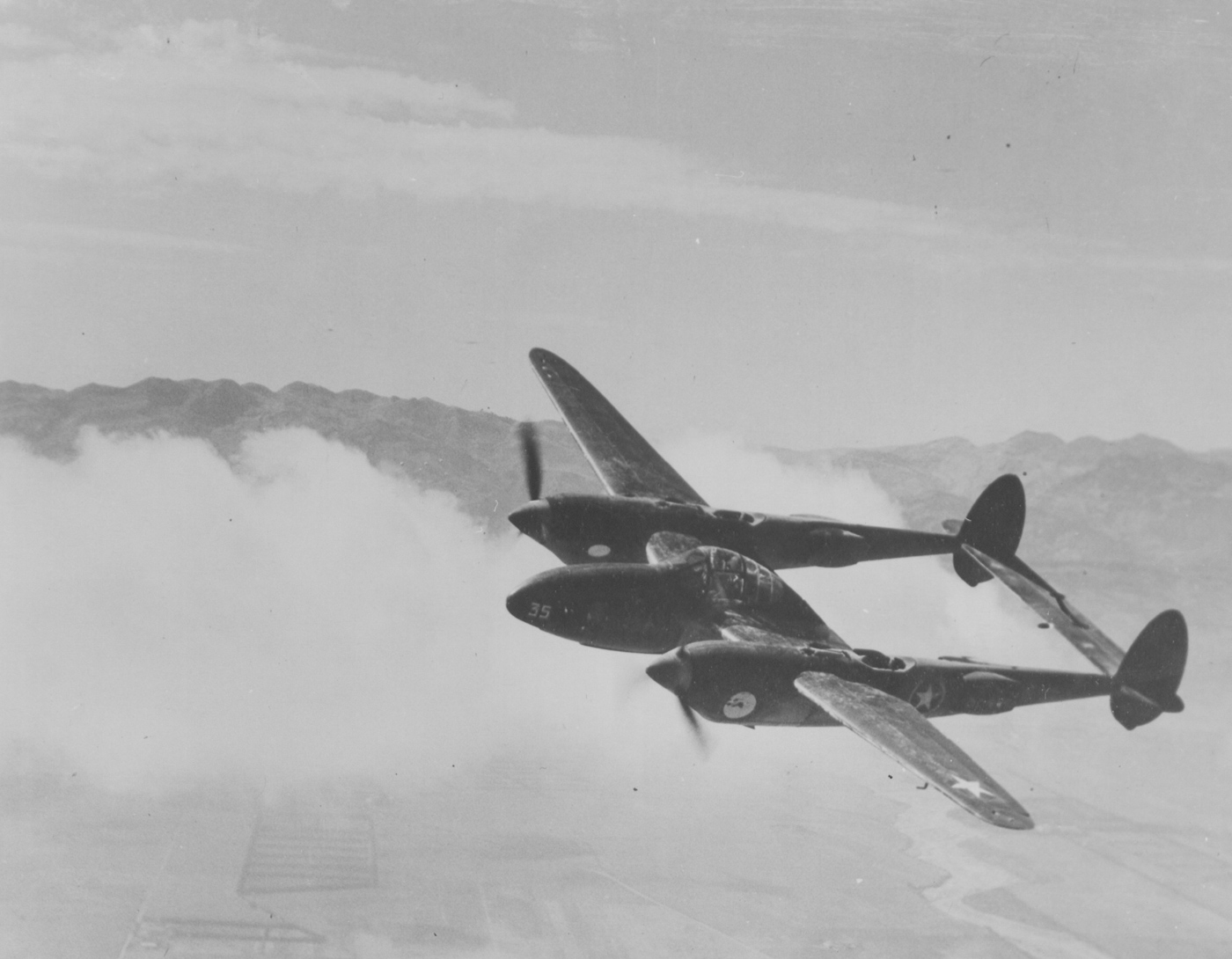
A Lockheed F-5A photo reconnaissance plane over German-held territory in North Africa. The F-5A was a recon variant of the P-38G. 180 F-5A planes served during the war. Image: NARA
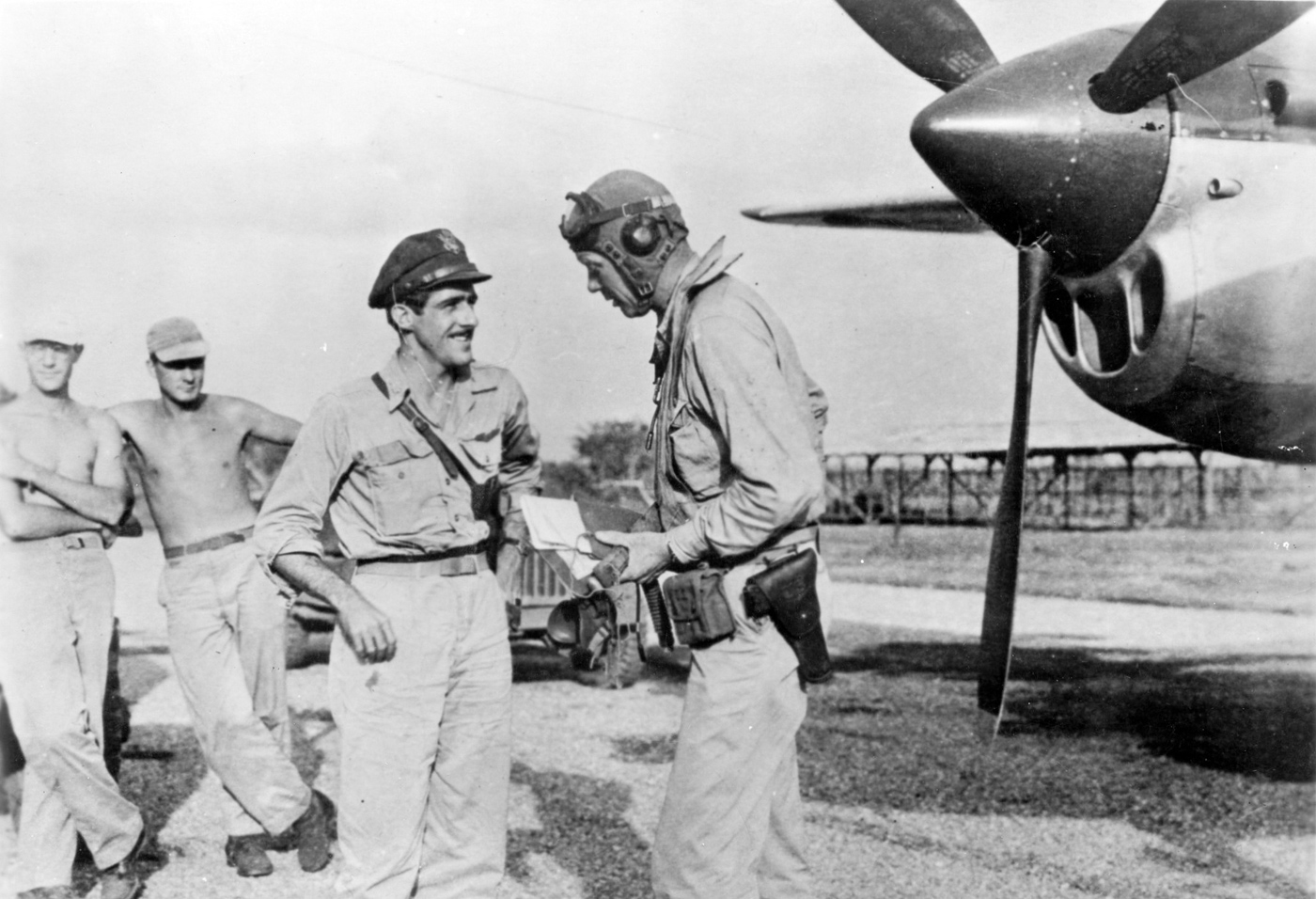
Charles Lindbergh, right, was a former colonel in the U.S. Army Air Corps. In WWII, he was employed as a technical advisor and greatly improved the performance of the P-38 in the Pacific Theater. Image: NARA
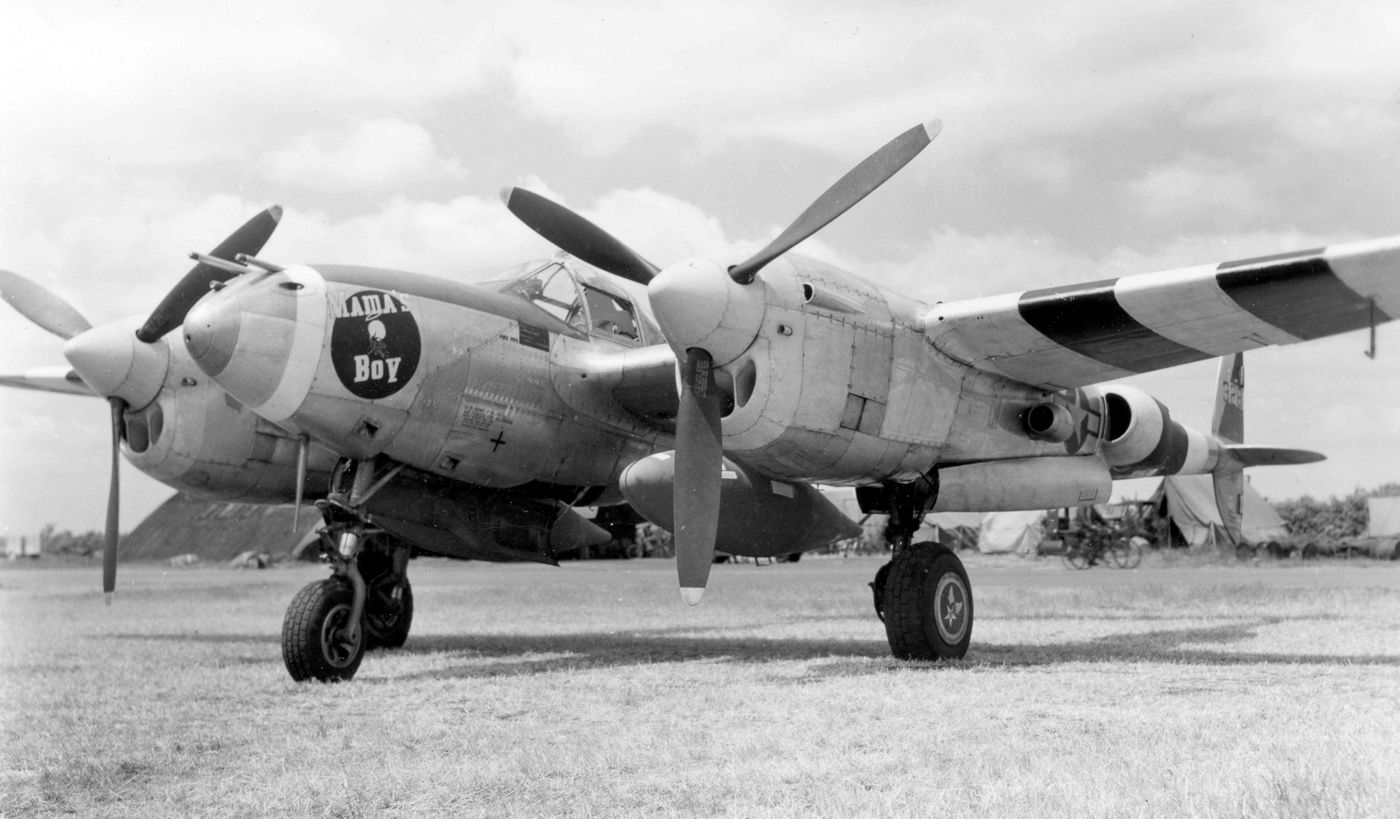
A P-38 Lightning sits at King’s Cliffe, England, circa 1944. During World War II more than 10,000 P-38s were manufactured, providing airpower to more than 130,000 missions around the world. Image: NARA
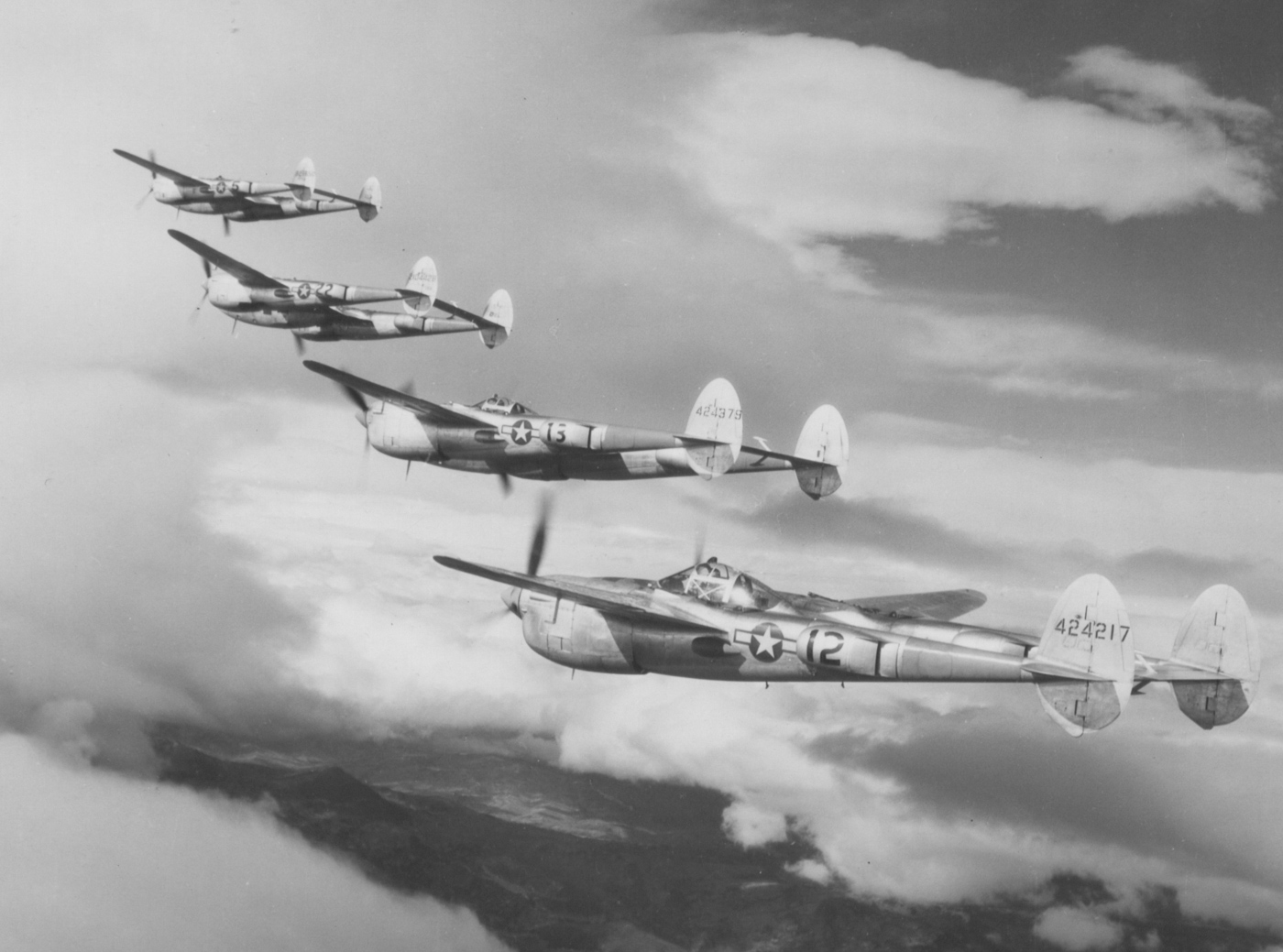
Lockheed P-38 Lightning fighters of the 15th Air Force in Italy fly in formation during World War II. Image: NARA




